How to Free up Storage Space on your Mac: Tips and Tricks You Need to Know
- Jul 16, 2020
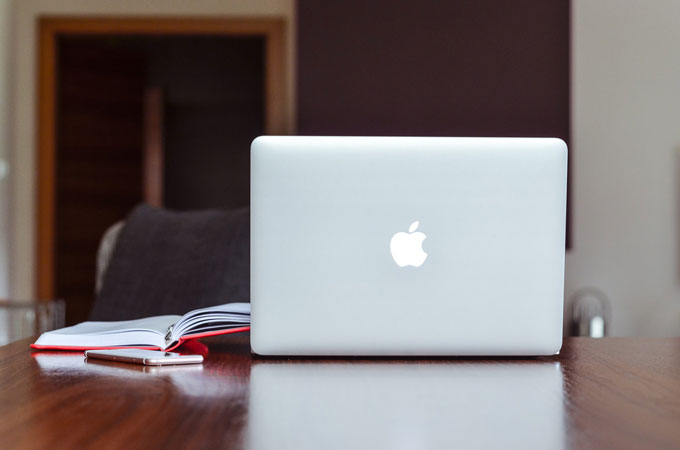
If you download a large file, you are prompted that the disk is almost full. You need to be proactive in helping your Mac free up storage space. So how do you free up space on a Mac, and what do you need to do to free up precious storage space on a Mac?
Here are several tips and tricks to learn about freeing up space on your Mac.
1. Empty Trash folder
Doesn’t MacOS automatically delete project files from the Trash folder?
On your Dock, right-click the Trash icon and select the empty trash. After deleting the data, you will not be able to access it again.
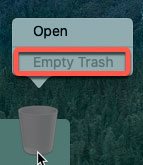
2. Uninstall unwanted apps
Uninstalling some unwanted applications will reduce much space for your Mac. To delete an app, you can open Finder and go to Applications folder. Select the app and right click to select Move to Trash.
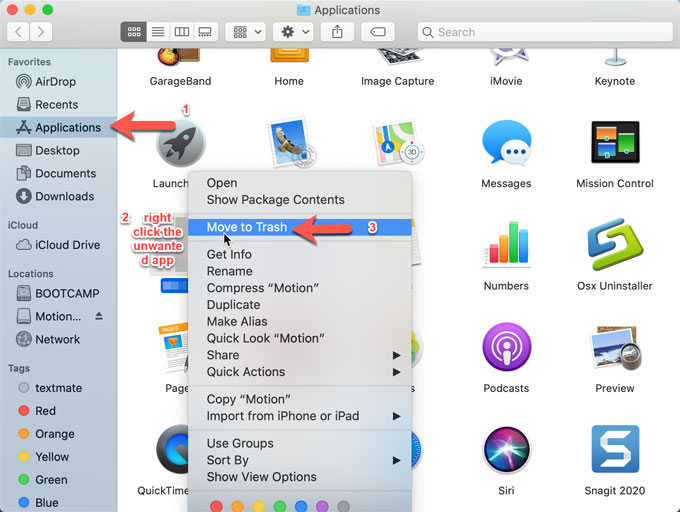
3. Find out and delete the large file
In the same Storage Management window, click the Documents option in the sidebar. Here, you’ll see a list of all the files, sorted from maximum to minimum. To open Storage Management, choose Apple menu > click About This Mac > click Storage > click Manage.
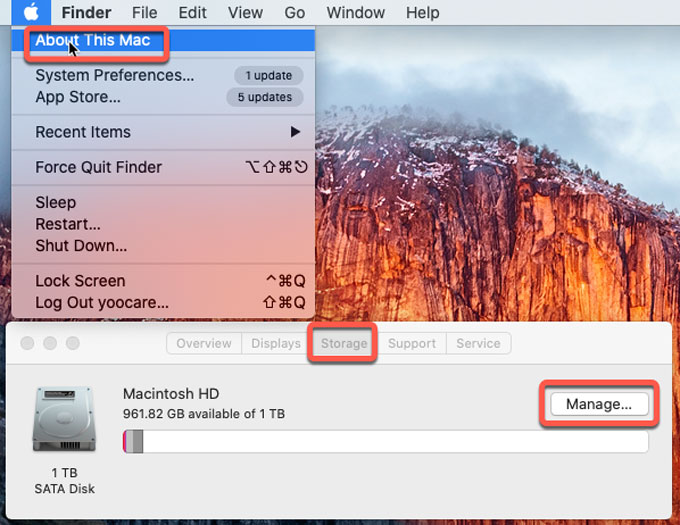
The best way to free up large chunks of storage is to delete a few large files. Weeding hundreds of small files takes longer. Look at the files at the top of the list and see if you can do without them. To Delete a file, click it, and then press Delete.

If you have enough space in your Dropbox or Google DRIVE account, you can move the files to the cloud to free up local storage on your Mac.
At the top of the Documents view, you’ll see two other options for sorting files: Downloads and file Browser. The downloads section provides you with a breakdown of files and folders for three, six, or more months. Therefore, you can browse through files that have not been accessed for a long time and determine if you want to delete them.

The file browser section is basically looking up the view in the storage management tool. You can browse the entire file storage system to find the file or folder to delete.
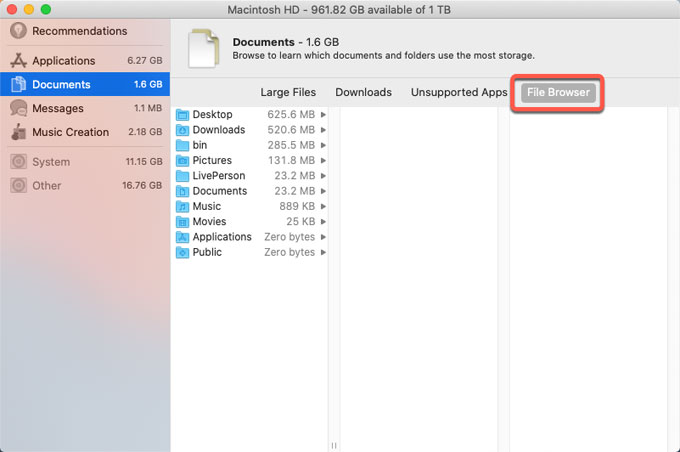
4. Delete backup files for both iTunes and iOS
If you back up an iPhone or iPad to a Mac, the backup can take up several gigabytes of storage. In the Storage Management window, click the iOS Files section. Once you’re sure you want to remove the iOS device backup, click on it, and then press Delete.
Popular Posts
- What Kind of Programs do You Think are Necessary in Windows 10?
- What’s SpyHunter and How to Fix the File Being Quarantined
- How to Forcibly Remove a Program That Won’t Uninstall in Windows
- 3 Tips to Remove a Program that Won’t Uninstall
- How To Uninstall Applications On Windows 10 – Program Removal Guides
- Tutorial: How to Remove & Uninstall Programs / Applications on Windows 7